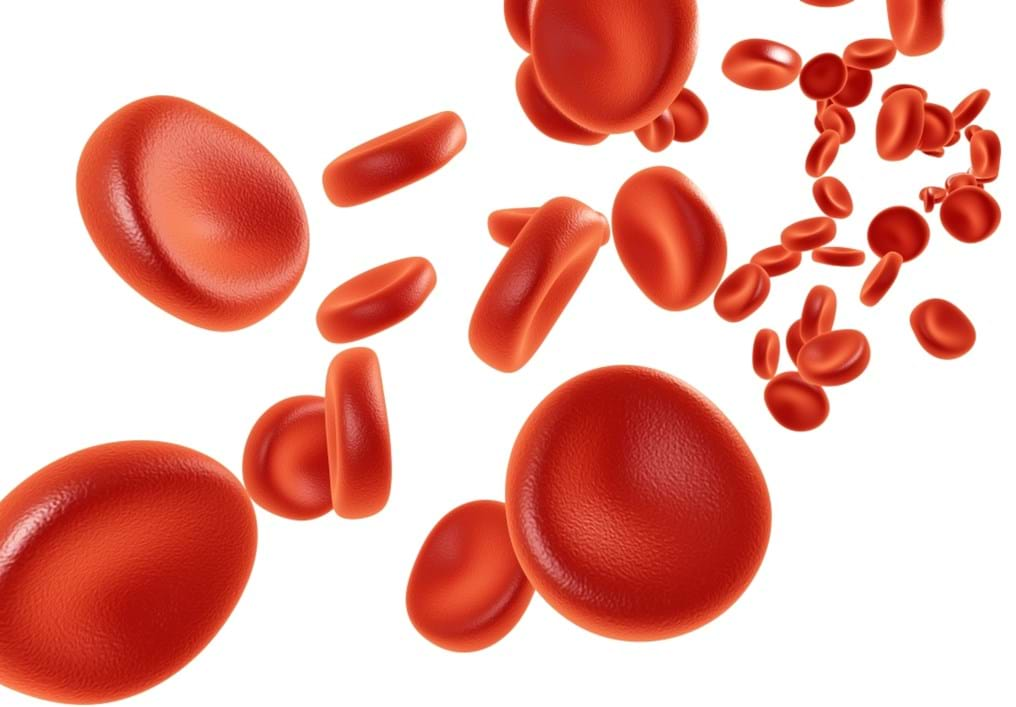Blood control (Day 191)

4th December 2014

Here's the science - immediately on application the gel stimulates the clotting process by physically holding pressure in the damaged blood vessel.
The gel then rapidly activates the accumulation of platelets, which bind to the site of the injury to create a platelet mesh.
Finally, the gel completes haemostasis by accelerating the binding of the clotting protein, fibrin, to the platelet mesh, resulting in blood coagulation and a stable clot.
The whole process works by initiating and amplifying the body’s natural clotting mechanism, even for severe wounds, within seconds.
The very young chemical engineer behind this innovation is Joe Landolina, who holds an MS in Biomedical Engineering with a focus on Biomaterials, and a BS in Chemical and Biomolecular Engineering from NYU Polytechnic School of Engineering.
He is also a co-founded of Suneris, which plans to market Vetigel - the name for the polymer platform blood clotting technology.
In a recent interview with IBTimes UK, Joe said: "I was always interested in science and my grandfather owned a winery, so from a really young age I learned how to work in a chemistry lab and had a love for chemistry.
"As I was playing around, I stumbled upon two polymers that when you mix them together, they become a solid mass. That was the Eureka moment for me."
It's amazing how careers and vocations can be crafted by early influences, especially from family and friends.
If you recall I had a similar experience - although a very long time ago. My father worked for Podmore and Sons, which made and processed raw materials like clays and glazes for the pottery industry.
My father’s connection to Podmore and Sons opened a door to some summer vacation work and it became my first exposure to both industrial chemistry and engineering. The rest is history.
Vetigel is still two years away from getting FDA approval to distribute the product in the US, so he is going down the veterinary route first.
That hasn't stopped Joe and his colleagues gearing up for the future.
In 2014 they have opened a new, 2,500-square-foot Suneris facility, with labs, a manufacturing plant, and offices.
Joe said: “We’ve now got ten employees, some of them fellow graduates of the NYU School of Engineering, and one of them has just been accepted into the MBA program at Stern, so there should be some exciting developments ahead.”
Like all the great stories in ChemEng365, we wish them the best of luck with their venture, which has the potential to improve healthcare and save many lives, cost-effectively.